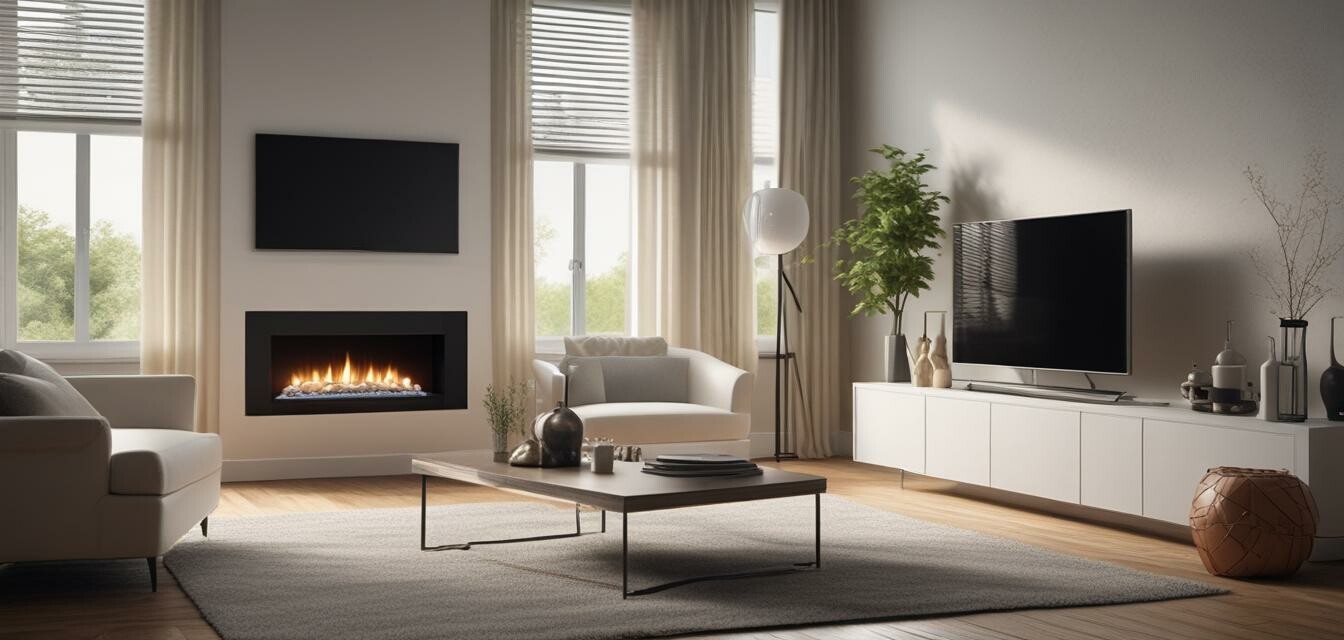
How to Use Smart Home Tech to Reduce Allergens
Key Takeaways
- Utilizing air purifiers can significantly reduce airborne allergens.
- Smart blinds can minimize dust accumulation from outside.
- Smart vacuums ensure thorough cleaning without manual labor.
- Implementing humidity control can prevent mold growth.
- Automation routines enhance convenience while managing allergens effectively.
Allergies can often derail our comfort and peace in our home. However, with the help of smart technologies, you have the power to minimize allergens and create a healthier living environment. In this guide, we will explore practical tips on how to use smart home tech to reduce allergens.
The Role of Air Purifiers
Air purifiers are essential in trapping allergens such as dust, pet dander, and pollen. A high-quality air purifier, like the MOOKA Air Purifier, can cover large rooms efficiently. Here’s a brief overview of its features:
MOOKA Air Purifier
Cover large areas up to 1076 ft² with this H13 True HEPA Air Filter that removes allergens, smoke, and odors efficiently.
Learn MoreHow Air Purifiers Work
Air purifiers utilize filters to capture airborne particles. Here’s an overview of the types of filters commonly found:
| Filter Type | Description |
|---|---|
| HEPA Filter | Traps 99.97% of particles as small as 0.3 microns. |
| Activated Carbon Filter | Absorbs odors and volatile organic compounds (VOCs). |
| Pre-Filter | Catches larger particles like pet hair and dust. |
Reducing Dust with Smart Blinds
Dust can accumulate quickly in your home, especially if windows are left open. Smart blinds can help control this by automatically closing during high pollen or dust days.
Benefits of Smart Blinds
- Minimize the influx of outdoor allergens.
- Automate schedules to open and close based on conditions.
- Enhance your home’s energy efficiency.
Efficient Cleaning with Smart Vacuums
Automated vacuums can make cleaning an easy task. These devices can be scheduled to run when you are not home, ensuring a thorough clean without disrupting your day.
Recommended Features
- HEPA filtration systems to trap fine dust.
- Scheduling capabilities for routine cleaning.
- Self-emptying bins to avoid allergen exposure during maintenance.
Controlling Humidity with Smart Thermostats
High humidity levels can lead to mold growth, which is another common allergen. Smart thermostats can help maintain optimal humidity levels in your home.
Humidity Control Tips
- Set reminders to monitor humidity levels.
- Integrate with dehumidifiers for optimal balance.
- Utilize weather alerts to adjust settings proactively.
Automation Routines for Enhanced Allergen Management
Smart home technology allows for the creation of automation routines. Here are some ideas:
- Morning Routine: Automatically open smart blinds to let in sunlight and automatically start the air purifier.
- Cleaning Schedule: Set your smart vacuum to clean while you are out of the house.
- Humidity Alerts: Get notifications when humidity levels rise above a certain threshold, prompting you to activate dehumidifiers.
Conclusion
Implementing smart home technology not only makes your life easier but also helps you manage allergens effectively. From air purifiers and smart blinds to automated cleaning schedules, these technologies can significantly improve your living conditions. By making small changes and embracing modern solutions, you can create a sanctuary that's healthier and more enjoyable.
More Tips for Allergy Management
- Regularly replace air filters to ensure optimal performance.
- Keep windows closed during high pollen seasons.
- Utilize washable decorative items to minimize dust accumulation.
For more insights on making your home smarter, check out our articles on Intelligent Climate Control or explore the benefits of Voice-Controlled Decor Gadgets.
